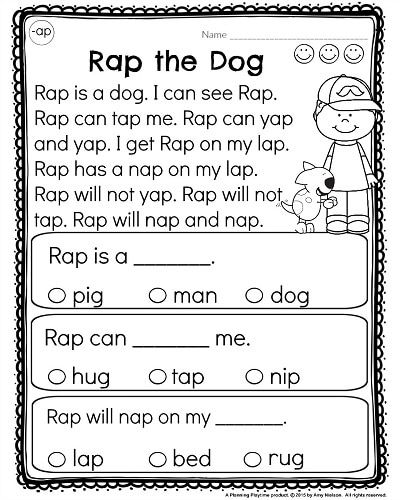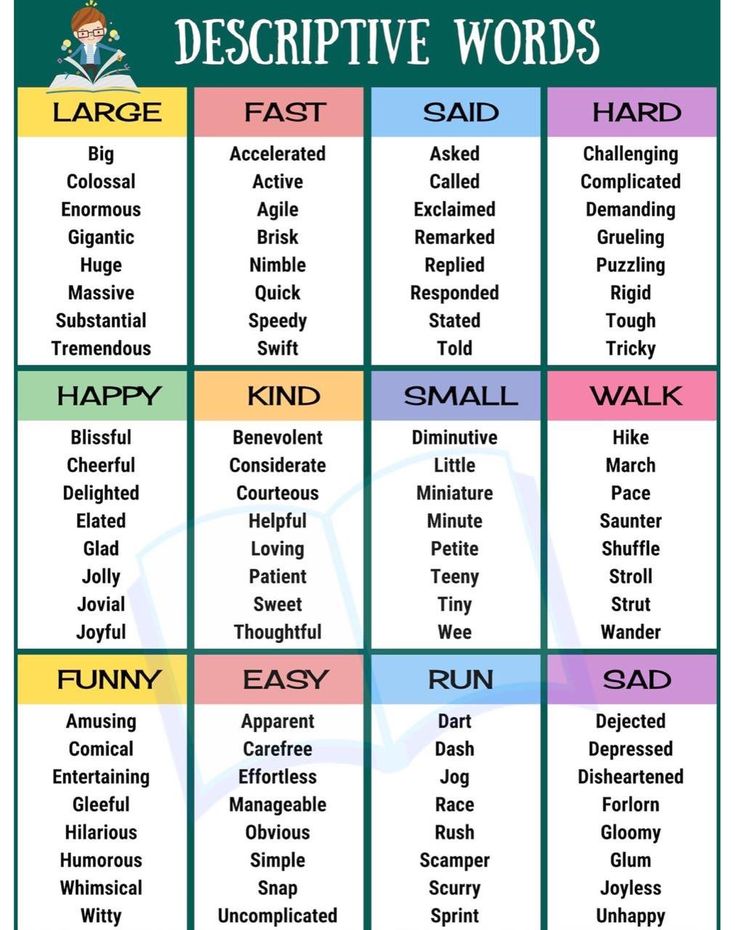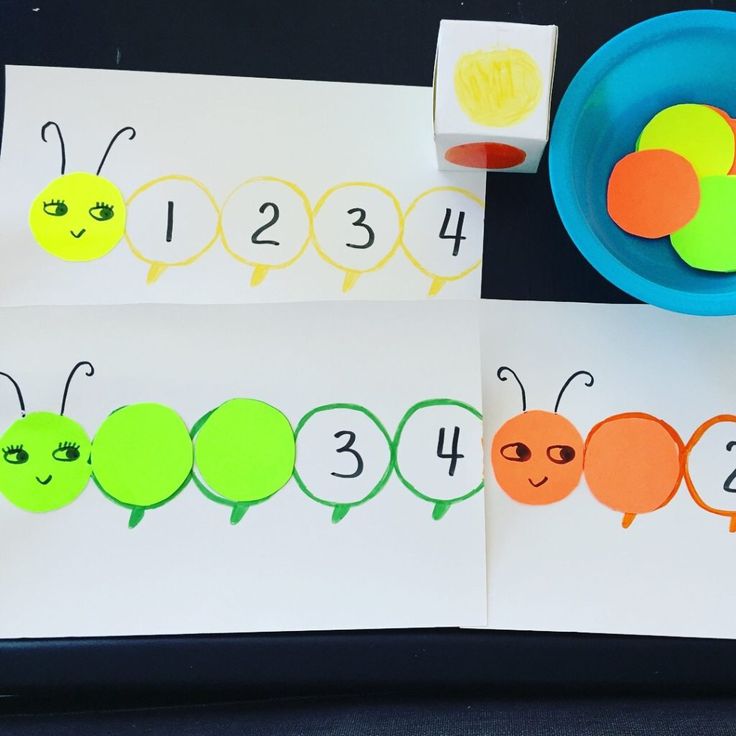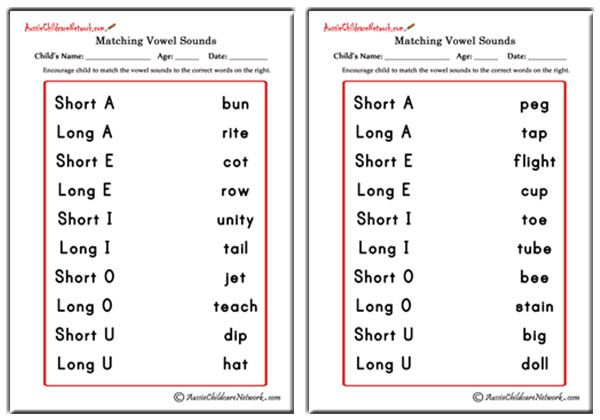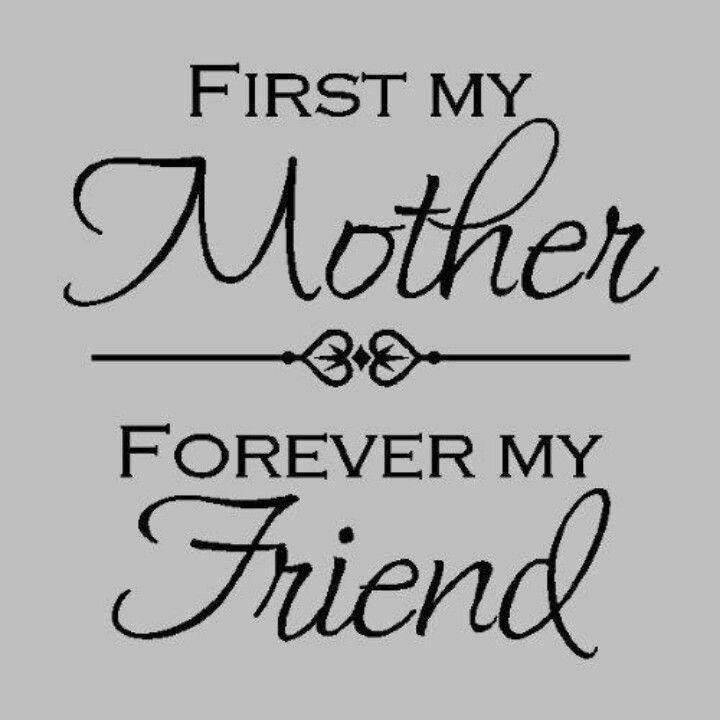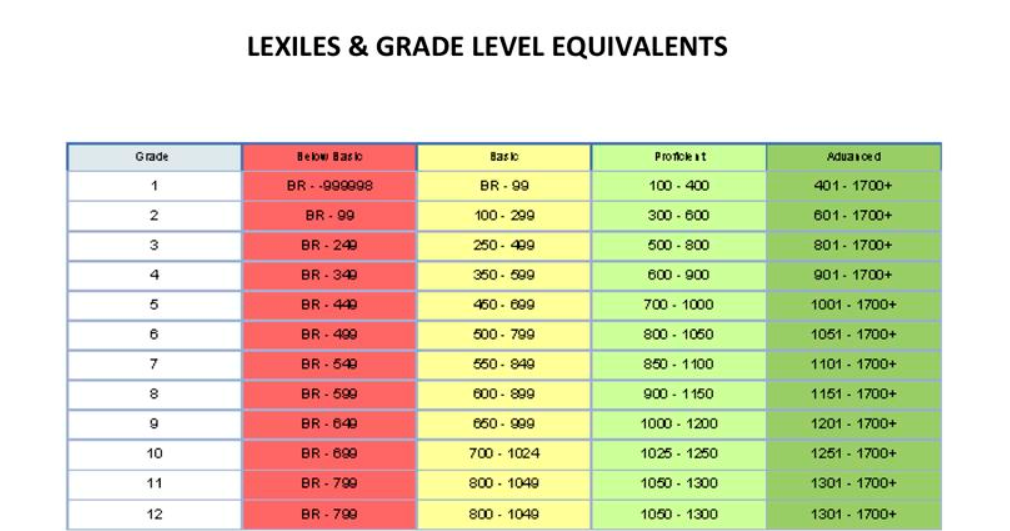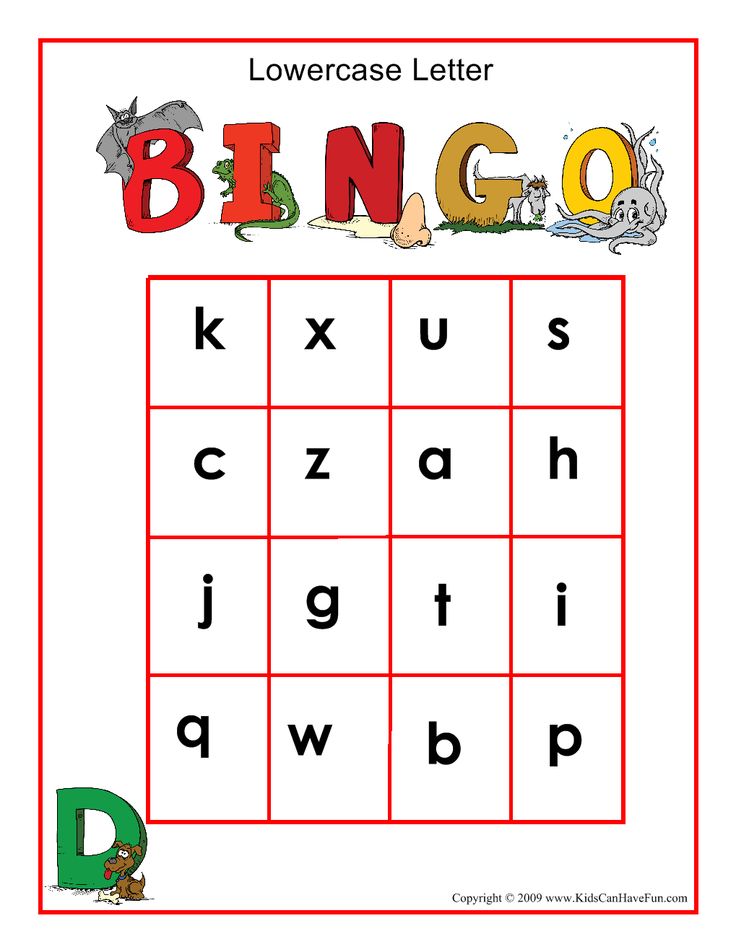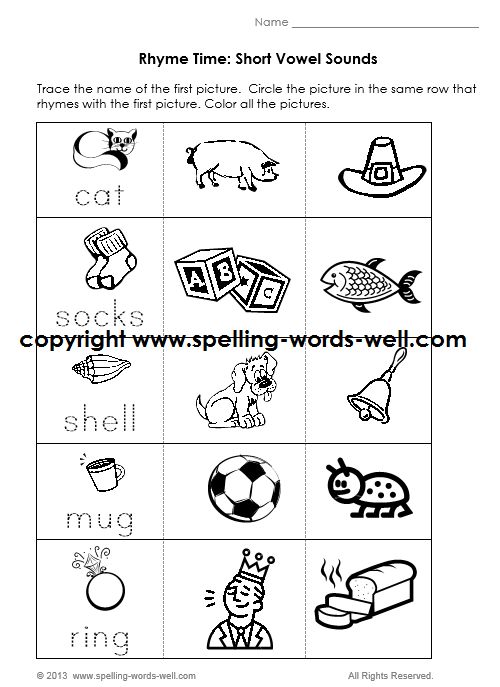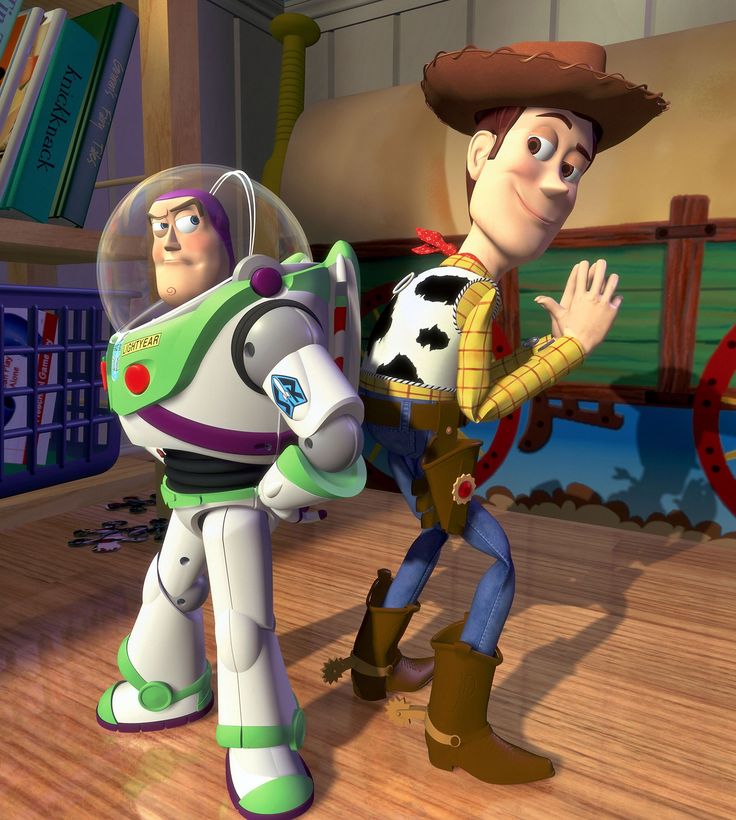Early reading worksheets
Early Literacy
Alphabet Worksheets
Students will trace, color, and write letters on these alphabet worksheets.
Mini-Books
Assemble and read these simple mini-books for very young readers.
Poems and Poetry
Looking for cute poems to share with your class? We have lots!
Printing Letters
Trace and print each letter of the alphabet. We have worksheets with upper and lowercase letters.
Phonics Worksheets
We have a page of worksheets for each consonant and vowel sound, as well as blends and digraphs.
Phonics: Consonant Blends
This page will link to you hundreds of phonics worksheets for teaching consonant blends.
Phonics: Vowel Sounds
Practice reading and recognizing words with long and short vowel sounds.
Phonics Word Wheels
Assemble the word wheels. Then kids can read the word family words aloud as you spin the wheels.
Rhyming Worksheets
Learn about rhyming words with these activities.
Sentences (Basic Building Sentences)
With these cut-and-glue activities, young children can build very simple sentences.
Sentences (Basic Writing)
Write basic sentences with simple, repeated beginnings. Easy writing activities for Kindergarten and first graders.
Sight Word Units
We have an entire curriculum of 30 sight word units. Each unit has a take-home list, practice worksheets, reading practice tools, and assessment sheets. We recommend doing one unit per week.
Sight Words (Individual Words)
Here you'll find a list of over 150 sight words. Each word has a several worksheets.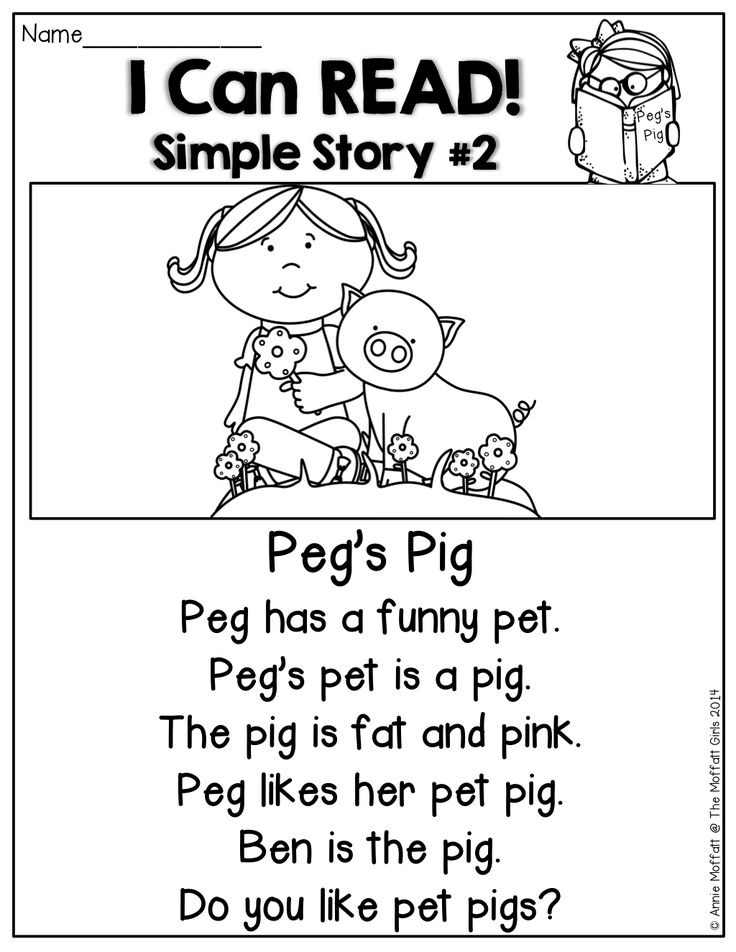 (For example, you'll find several worksheets for teaching students to read and write the word that.)
(For example, you'll find several worksheets for teaching students to read and write the word that.)
Sight Words (Dolch Words)
Use these flashcards, bingo games, checklists, and worksheets to help your students master all 220 Dolch sight words.
Sight Words (Fry Words)
We have word wheels, games, and worksheets to help your kids master the Fry Instant Sight Words.
Word Family Units
This page contains a collection of word families units. Includes -an words, -am words, -ear words, -ack words, -ail words, and dozens more. Each unit contains worksheets, word wheels, flashcards, and sliders.
See Also:
First Grade Reading Comprehension
We have simple reading comprehension passages with questions for first graders.
First Grade Spelling
We have a full first grade spelling curriculum, complete with printable word lists, worksheets, and test forms.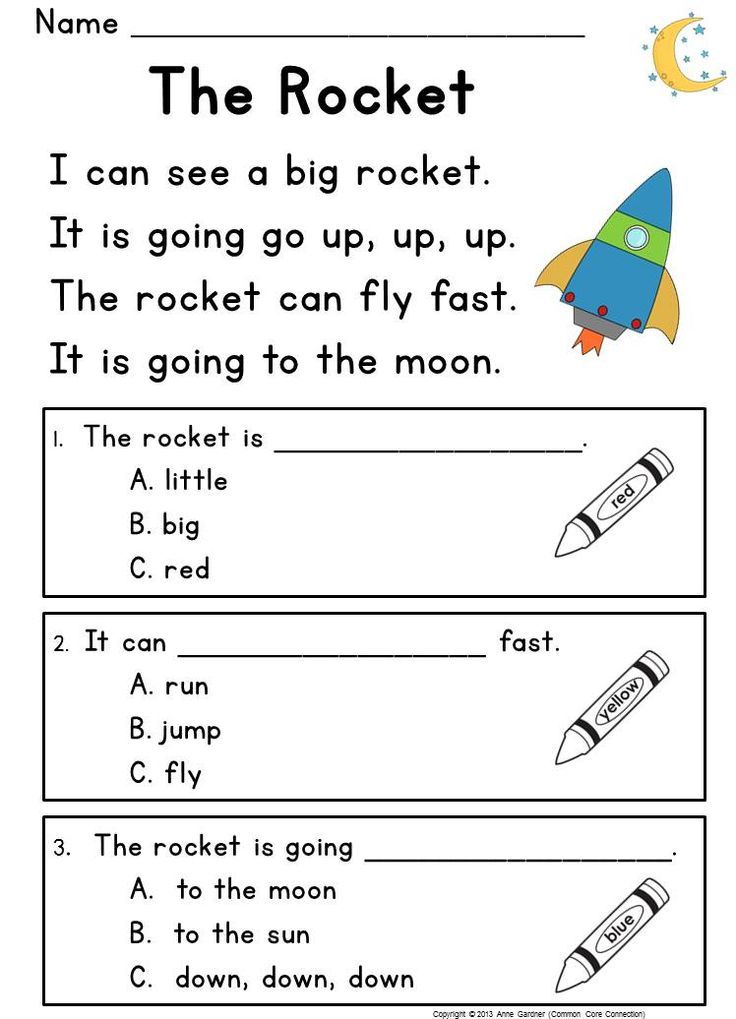
Kindergarten Worksheets
We have hundreds of worksheets and printable activities for Kindergarten and Pre-Kindergarten students. Browse the entire collection.
Theme Printables
Themes include farm worksheets, zoo animal printables, sea life activities, and apple worksheets.
Reading Worksheets | All Kids Network
Reading worksheets are the perfect tool to help your child develop a love for reading at an early age. By giving your child the basic tools they need to read at an early age, you can increase their chances of becoming a great reader. This collection of free reading worksheets covers a variety of subjects like alphabet recognition, phonics, sight words, comprehension and more. Each reading worksheet in this collection is easy to print in either color or black and white to meet your needs.
This comprehensive collection of alphabet worksheets will help get your child on their way. ">A child's ability to recognize the letters of t...
This group of free reading worksheets is focuss...
Correlating sounds with letters and groups of l...
Check out this set of printable sight word work...
Choose a word from the word bank to complete ea...
We created this set of word recognition workshe...
We have a nice collection of compound word work...
Follow the instructions under each picture to k...
Check out our free worksheet geared towards tea...
Help kids improve their vocabulary with our col...
This collection of free worksheets is dedicated...
This set of free phonics worksheets is geared t...
Use the pictures to help unscramble the letters...
This set of names worksheets will help teach ch...
Check out our set of free worksheets focussed o...
Groups of different worksheets for each of the ...
Related Worksheets
Find More Worksheets
Popular
Related Crafts
Find More Crafts
Related Activities
Find More Activities
Related Teaching Resources
Find More Teaching Resources
Flashcards to learn to read | Mothers today
Learning to read is an adventure to start the learning phase.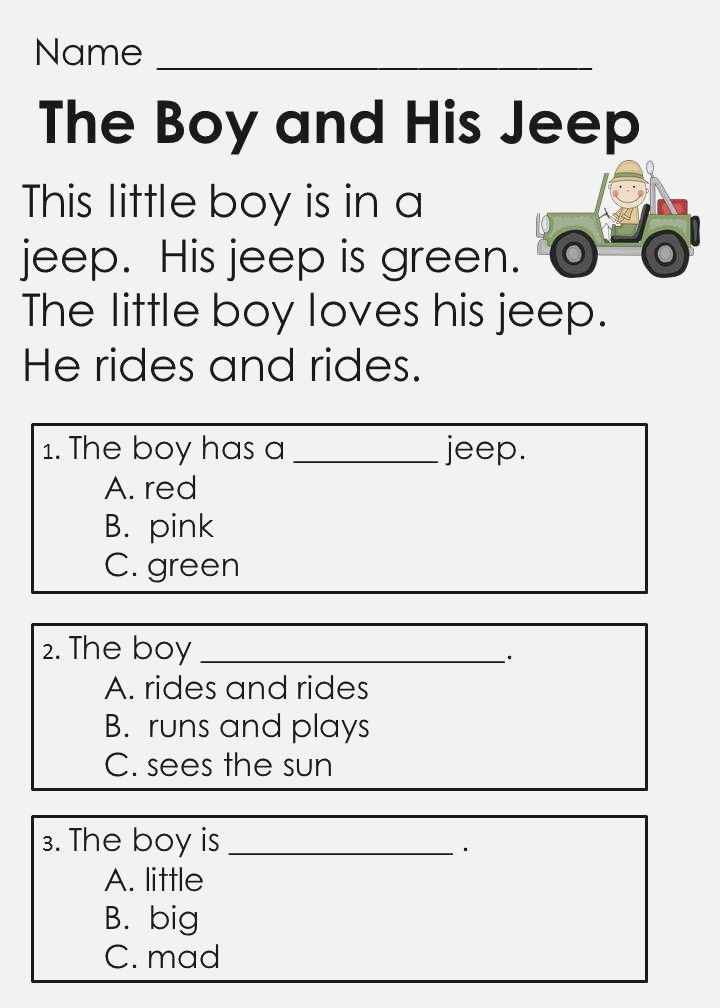 Admittedly, some children may find it difficult for them to carry out this initiative, but it is in our hands, since there is little they can do to stimulate their feelings. You must read something exciting for your life.
Admittedly, some children may find it difficult for them to carry out this initiative, but it is in our hands, since there is little they can do to stimulate their feelings. You must read something exciting for your life.
It should be in our hands to be disciplinary and do not try to force children read if not needed. Each child has their own autonomy in learning and is best to let them develop at their own pace. It is always better to learn to read because we help and encourage them to read. is very important for your brain development.
Index
- 1 Methods for teaching good reading
- 2 Worksheets to learn to read
Methods for teaching good reading
It is always well known what is best for their interest in reading teach them what a book is from an early age.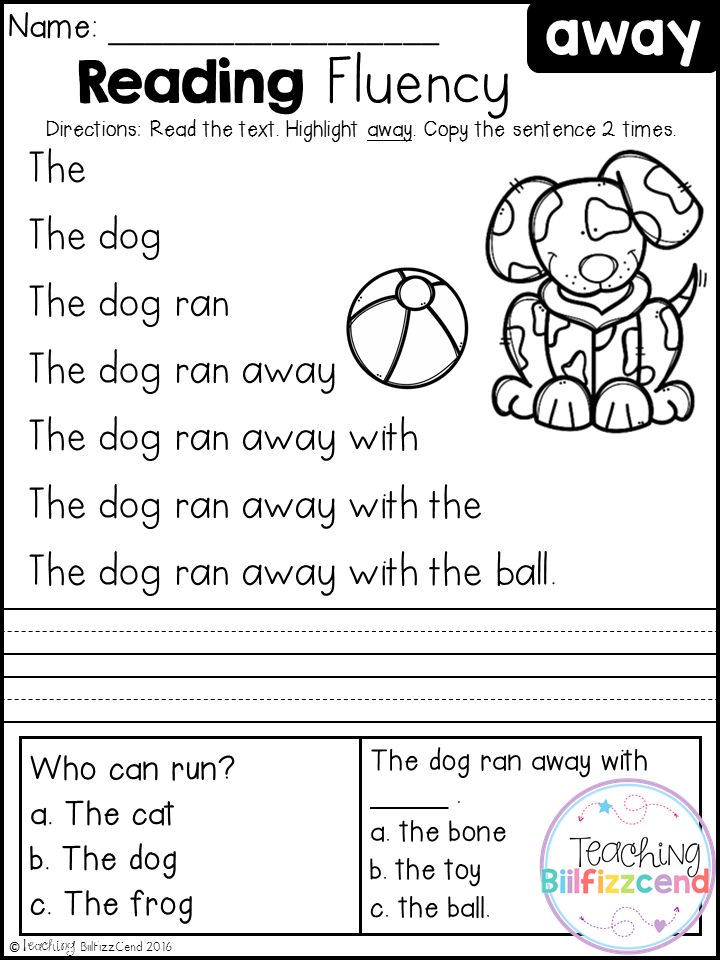 To do this, we will read stories to them, and so that they show some interest, we can teach them. pop-up books (with motion) to make it a lot more fun.
To do this, we will read stories to them, and so that they show some interest, we can teach them. pop-up books (with motion) to make it a lot more fun.
The stories we read to them are very beautiful and engaging, if the child is interested and caring we can always pause to ask what he is listening to. This will help you in future reading so that you can pay more attention to yourself when you start reading.
must invent games in everyday life using letters in objects. We can perform a silent task anywhere and ask you what letters the object you are rendering consists of. This will help you become more familiar with the letters.
Worksheets to learn to read
Another way to improve his reading is to have him read funny flashcards where he can read everyday words and match them with an explanatory picture and they come together.
These tiles are very interesting and we can find these:
If you want to complete your studies, you can download many more sheets from this link.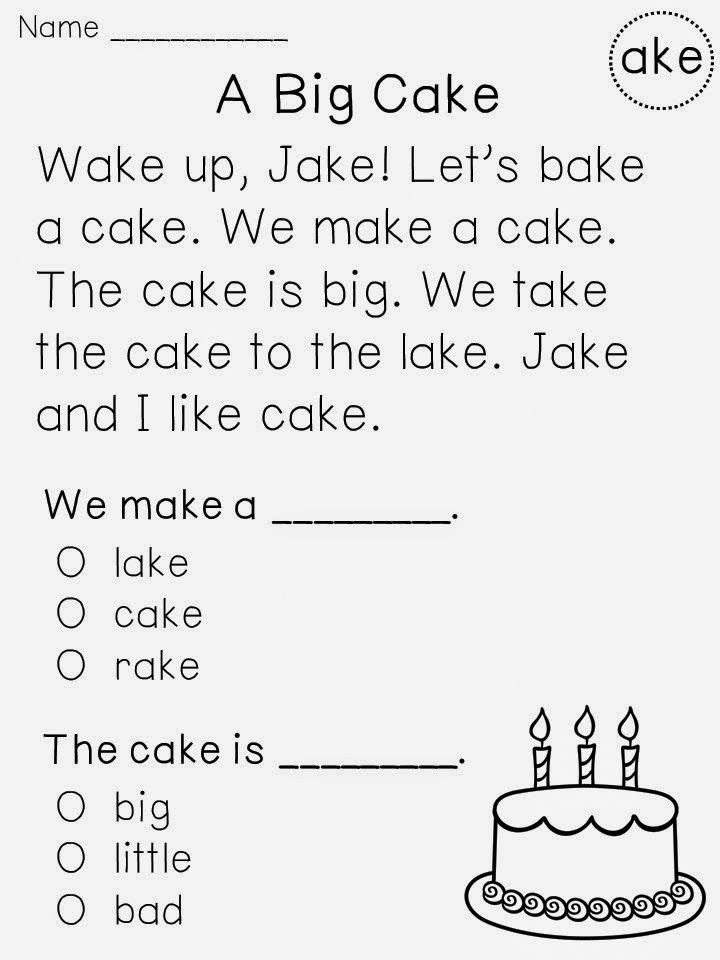 Another way to promote good word knowledge is to play like they are trying to find all the possible families of the word you choose. From there you can expand the game by looking for words that rhyme with each other.
Another way to promote good word knowledge is to play like they are trying to find all the possible families of the word you choose. From there you can expand the game by looking for words that rhyme with each other.
They should be aware of the importance that what they are trying to say is not the way the word should be written. We can teach them little by little and introduce those words that may even be everyday and which, as they could not imagine, can be formed differently. For example, "Egg" is a word that many children are willing to spell with g:guevo.
More cards can be found to learn how to read the link. This will help them reinforce their reading. As part of this learning dynamic, children will learn with pleasure and you will need to complete a series of exercises such as match a picture with a word or letter recognize the complete alphabet or one color a picture.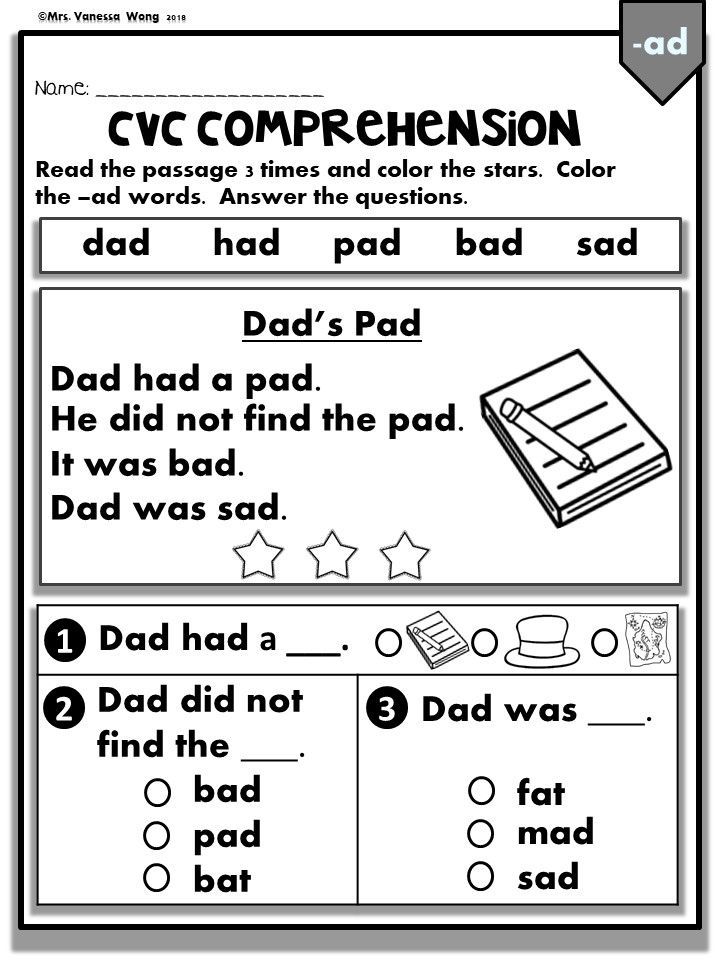
Learning to read by syllables is also a good method that works. Some children have a hard time distinguish how the word is laid out present it in writing. I leave you a link here so you can download it.
And for great learning, we can always help them out as a last resort with these much needed tokens for most kids. Around to learn locked syllables in a fun way, is quite a challenge for the vast majority. I leave you a photo like the one above and also a link so you can download some chips.
The content of the article complies with our principles of editorial ethics. To report a bug, click here.
You may be interested in
"Calligraphic Five Minutes" - manual from Olga Lysenko
Who is this manual for?
A new manual from Olga Lysenko "Calligraphic Five Minutes" is the second step in learning calligraphy.
It is designed to work with children in grades 1 and 2.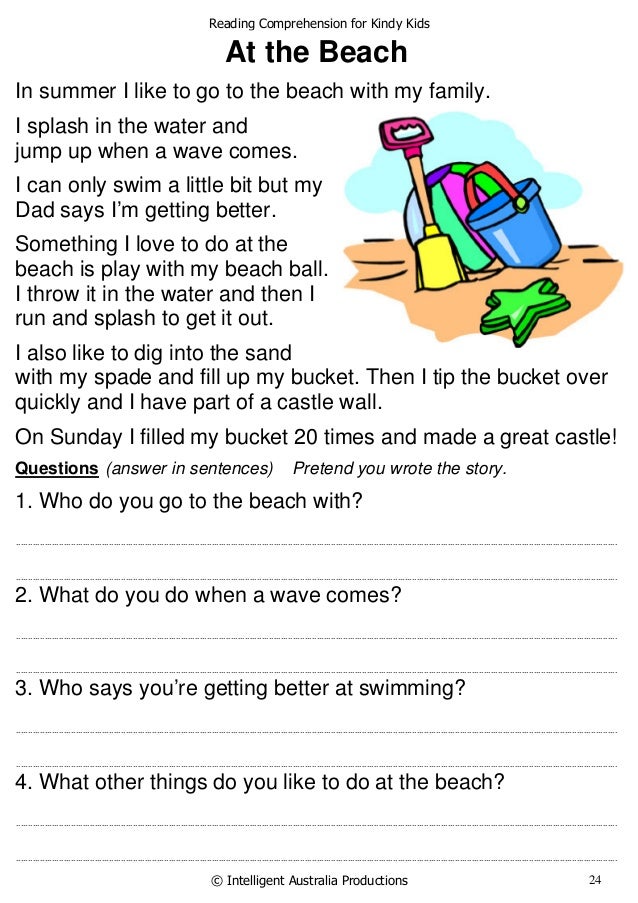
Why did we decide to release Calligraphic Five Minutes?
The practice of working with pupils of grades 1 and 2 has shown that the development of calligraphic skills occurs in three stages:
- Learning elements, letters and combinations.
- Partial automation of the writing skill.
- Adaptation of the classic font to the student's individual style.
Consider in detail the features of each level.
Level 1
- The child learns to write letters and compounds based on speech formulas from spelling
- Many connection errors allowed
- The writing speed is low - 2-3 words per minute.
Level 2
- Partial automation of calligraphy skill in progress
- Tilt, letter width and height are stabilized
- Writing rate - 4-6 words per minute
- The student can copy a text of 20-25 words.
Level 3
- Calligraphy skill stabilized
- Writing speed increased to 12-15 words per minute
- The classic copybook font is converted into an individual handwriting of a person.
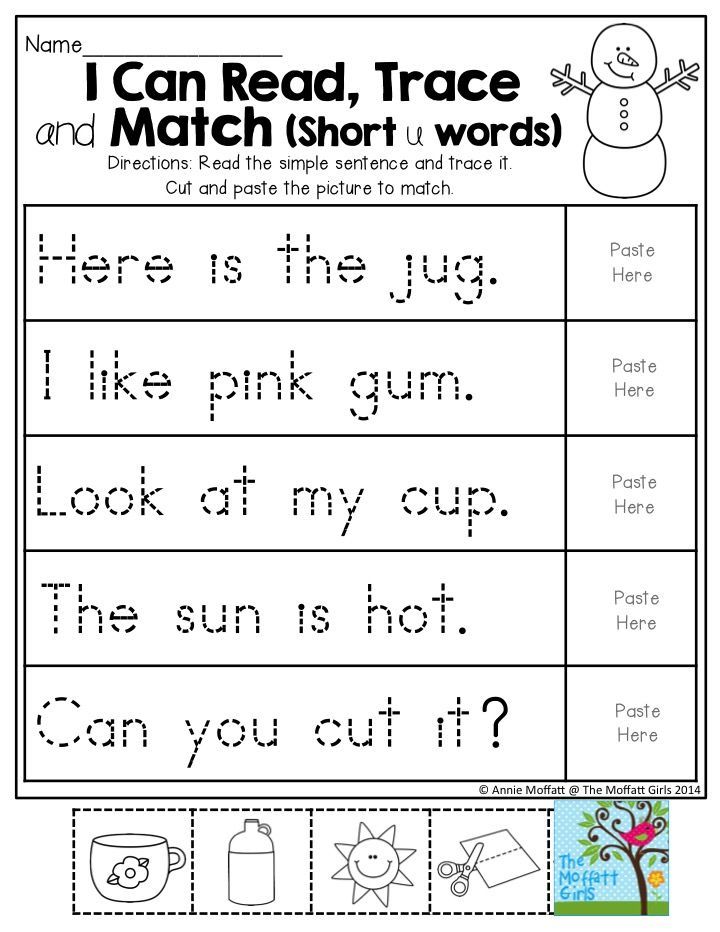
The main goal of the calligraphy course is the formation of a clear, legible, neat handwriting that allows you to write texts at a speed of 12-15 words per minute.
Studies conducted with three groups of students in grades 1-2 showed that handwriting stabilization and an increase in writing speed occurred due to daily training with the help of the Calligraphic Five Minutes manual.
How does the benefit work?
The manual consists of two sections:
Section 1. Writing compounds and words with lower case letters.
Section 2. Writing compounds and words with capital letters.
Calligraphic 5 Minutes is an A5 practice sheet designed for calligraphy practice before the beginning of the writing and literacy classes in the first and second grades.
The manual has frequent slanted vertical lines and helps children to consolidate the ability to write letters at the right angle.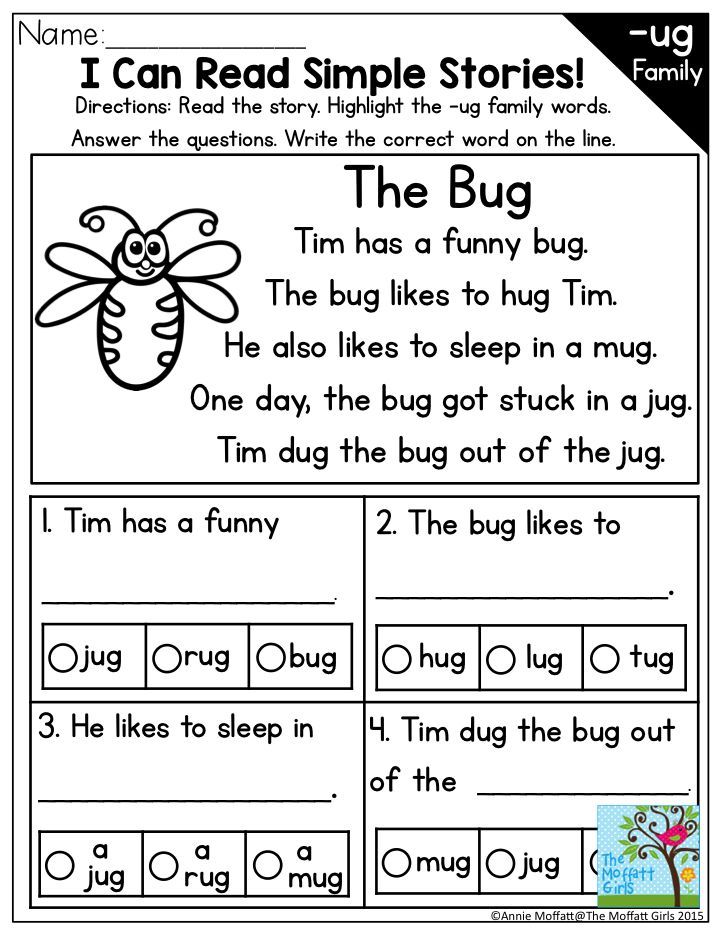 A frequent oblique line serves as a regulator of height, width and slope when writing elements, letters and connections.
A frequent oblique line serves as a regulator of height, width and slope when writing elements, letters and connections.
The "Calligraphic Five Minutes" manual consists of 27 worksheets and contains 54 topics to automate the spelling of words and sentences for each letter.
Includes Teacher's Guide.
The manual includes two versions:
- Version 1 - connection in the middle of the string
- Version 2 - classic connection - at the top of the row.
How to work with the allowance?
The Handbook "Calligraphic Five Minutes" is presented in two formats:
- A5 worksheets intended for distribution to students for each lesson.
- A5 worksheets in the form of a notepad. Print sheets on both sides. Cut the sheets. On one sheet you should get page 1-2, on the second page 3-4, and so on. Pin the sheets at the top. This can be done with a stapler, binder, paper clip.
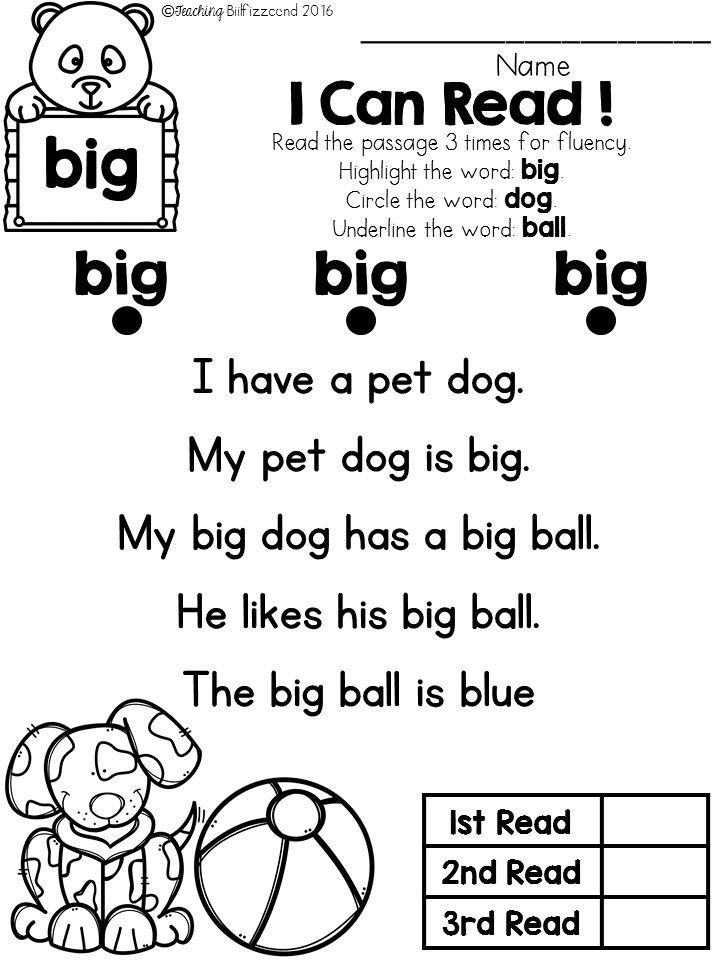
The scope of assignments can be divided into classroom and homework.
The principle “We write letters with similar elements”, laid down in Olga Lysenko's main recipes, is preserved in this manual.
The author of the manual is Olga Vasilievna Lysenko
- Practicing teacher with more than 20 years of experience
- Author of popular methods of intensive training "Beautiful Handwriting in 20 Lessons", "Learning to Read in 15 Lessons", "Multiplication Table in 15 Lessons" and others.
Watch a short video in which Olga Lysenko presents the "Calligraphic Five Minutes" manual:
Customer Reviews
Rated 5.